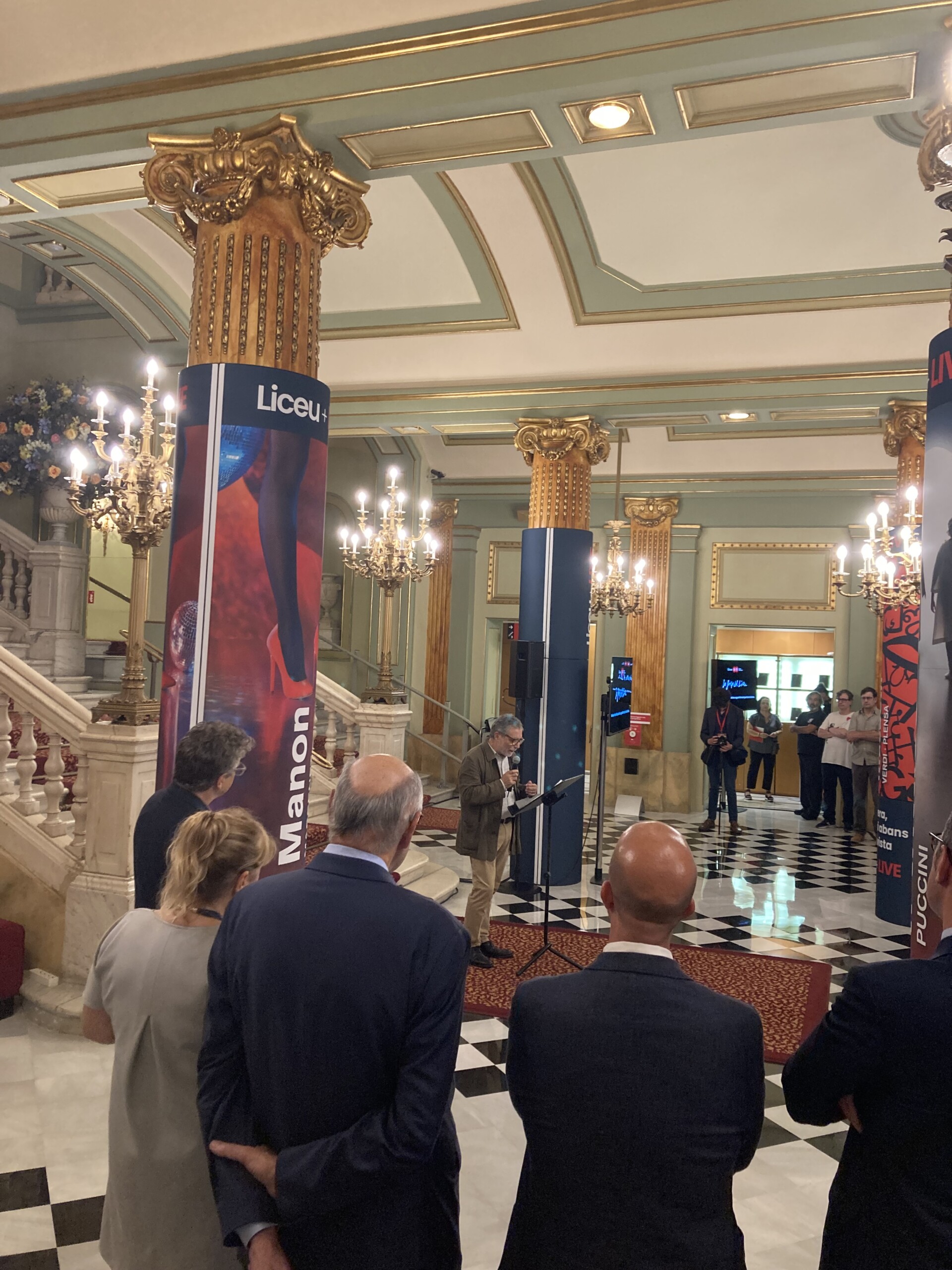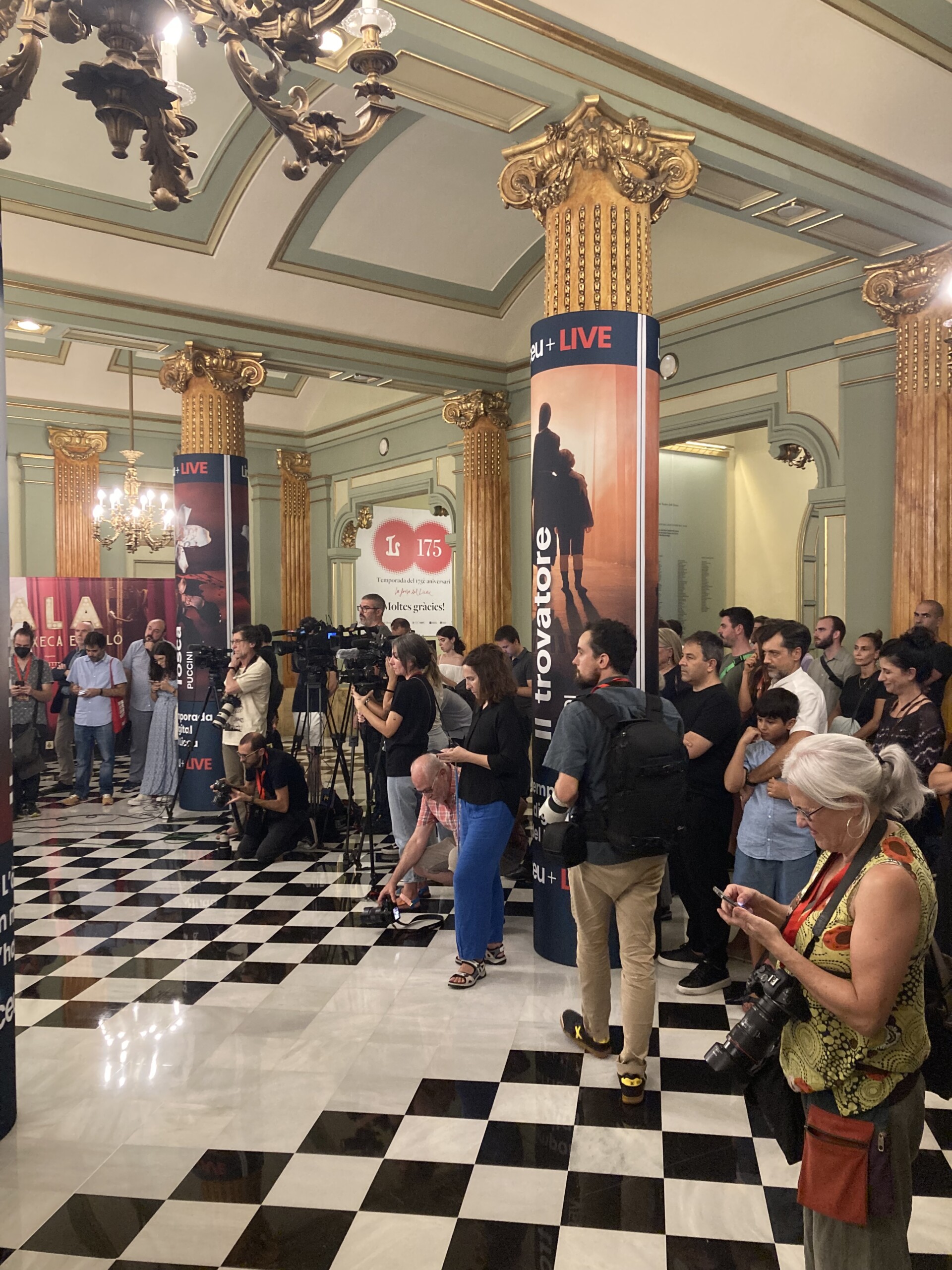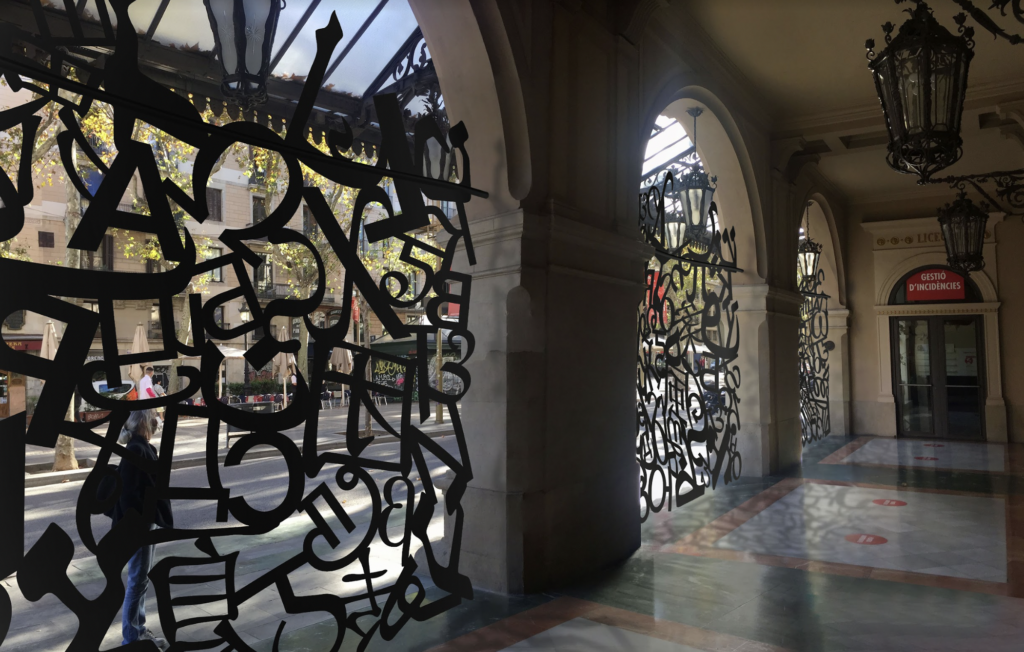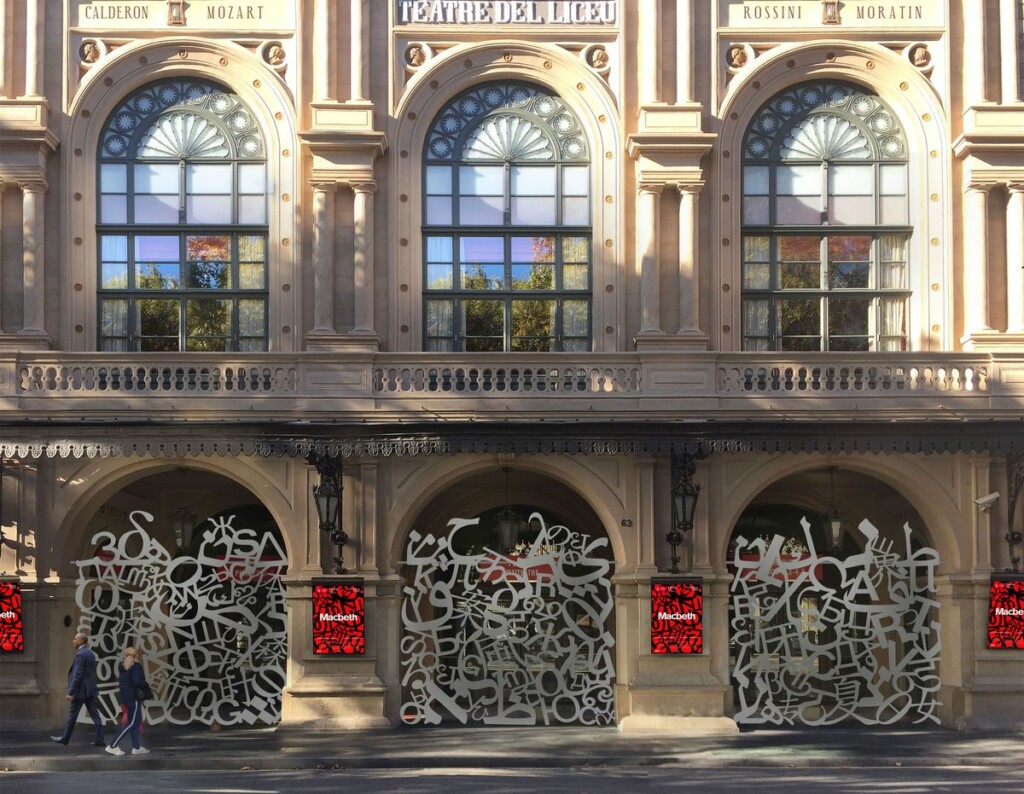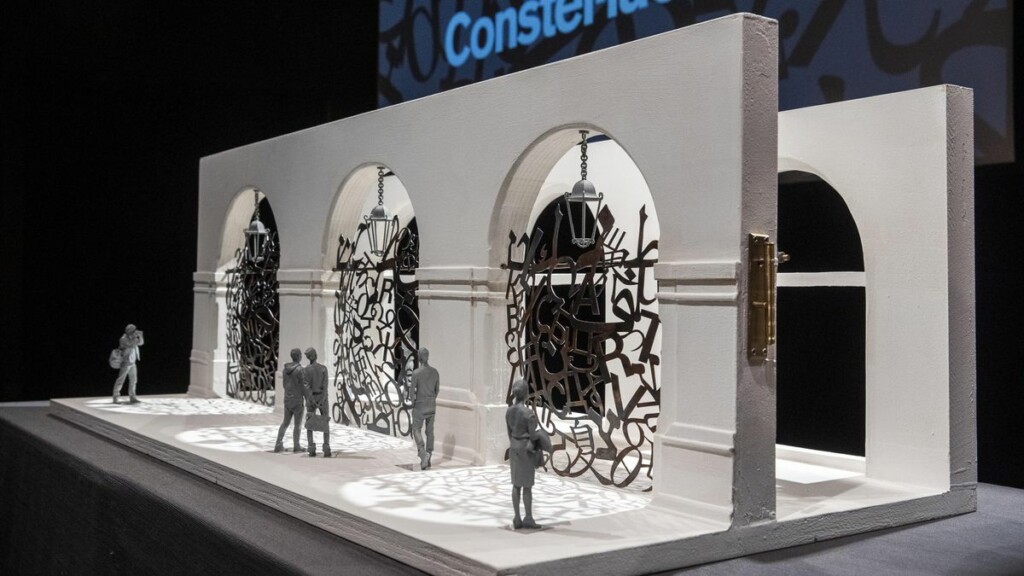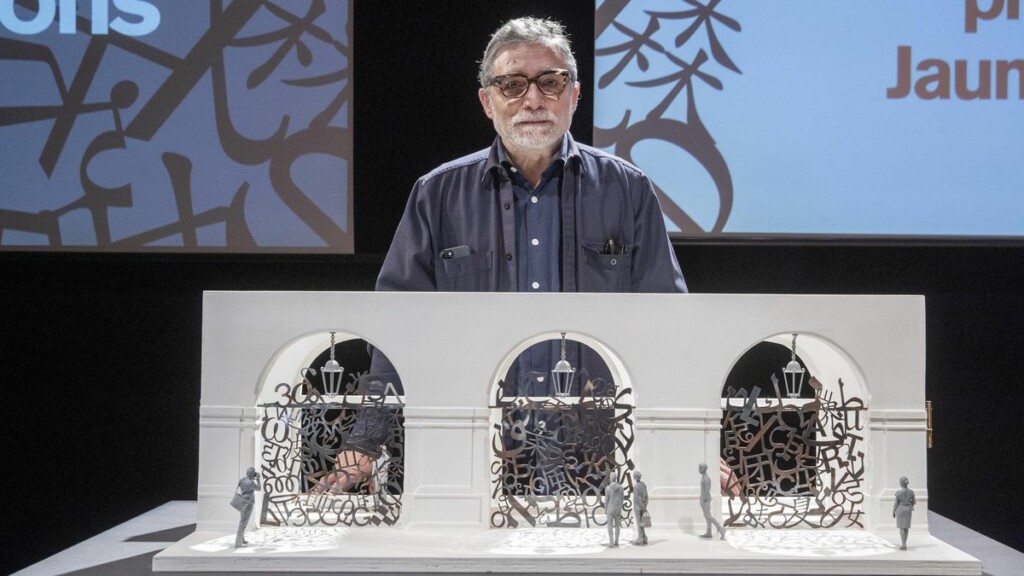- No products in the cart.
The new doors of Jaume Plensa at the Gran Teatre del Liceu in Barcelona
“The letter seems to me a beautiful metaphor of society: a single letter is nothing; but together with others it can form words, concepts; this is the power of community.” – Jaume Plensa
The Gran Teatre del Liceu opened the 2022-2023 season yesterday, Monday, with the new doors, or ‘Constellations’, the work of sculptor Jaume Plensa, highlighting the celebration of the 175th anniversary of the historic Barcelona institution.
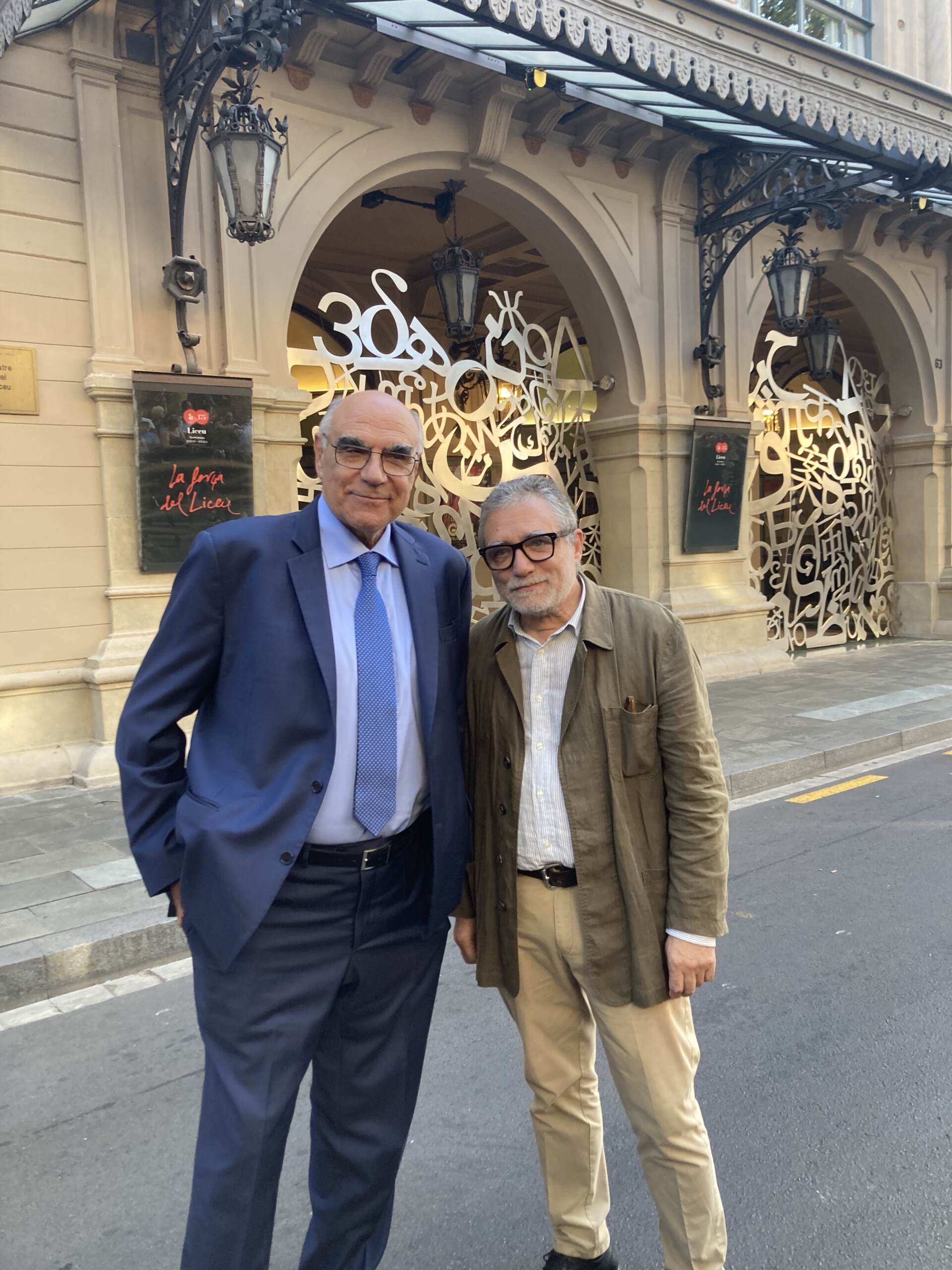
The doors (stainless steel, 4 x 4 m) are inspired by two classics of Catalan culture: the architect Antoni Gaudí, and the painter Joan Miró, with his nearby Pla de la Boquería mosaic, in addition to the close relationship with the name of one of his most original series ‘Constel·lacions (1939)’.
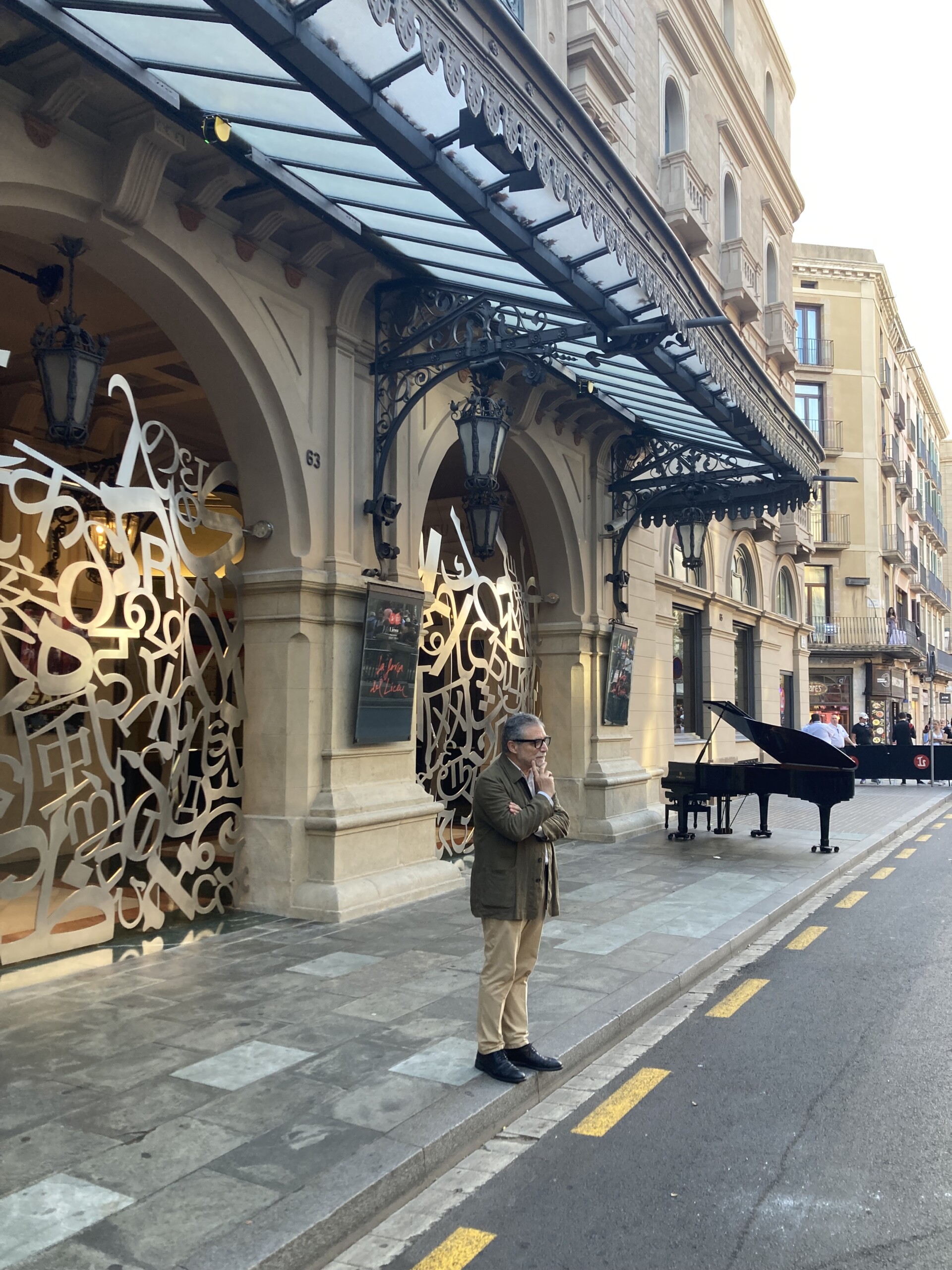
“I think this dialogue between the past and the future gives us the key to the present: the contemporary gesture at the heart of society, embracing music with words and voice with writing.” The artist said yesterday at the opening ceremony at Las Ramblas.
Plensa intends to vindicate the diversity of the promenade with letters from nine alphabets engraved on the railings – intermingling Arabic, Latin or Chinese – that will reflect their moving shadows on the floor of the entrance, when the doors reach the light of the lamps of the portal.
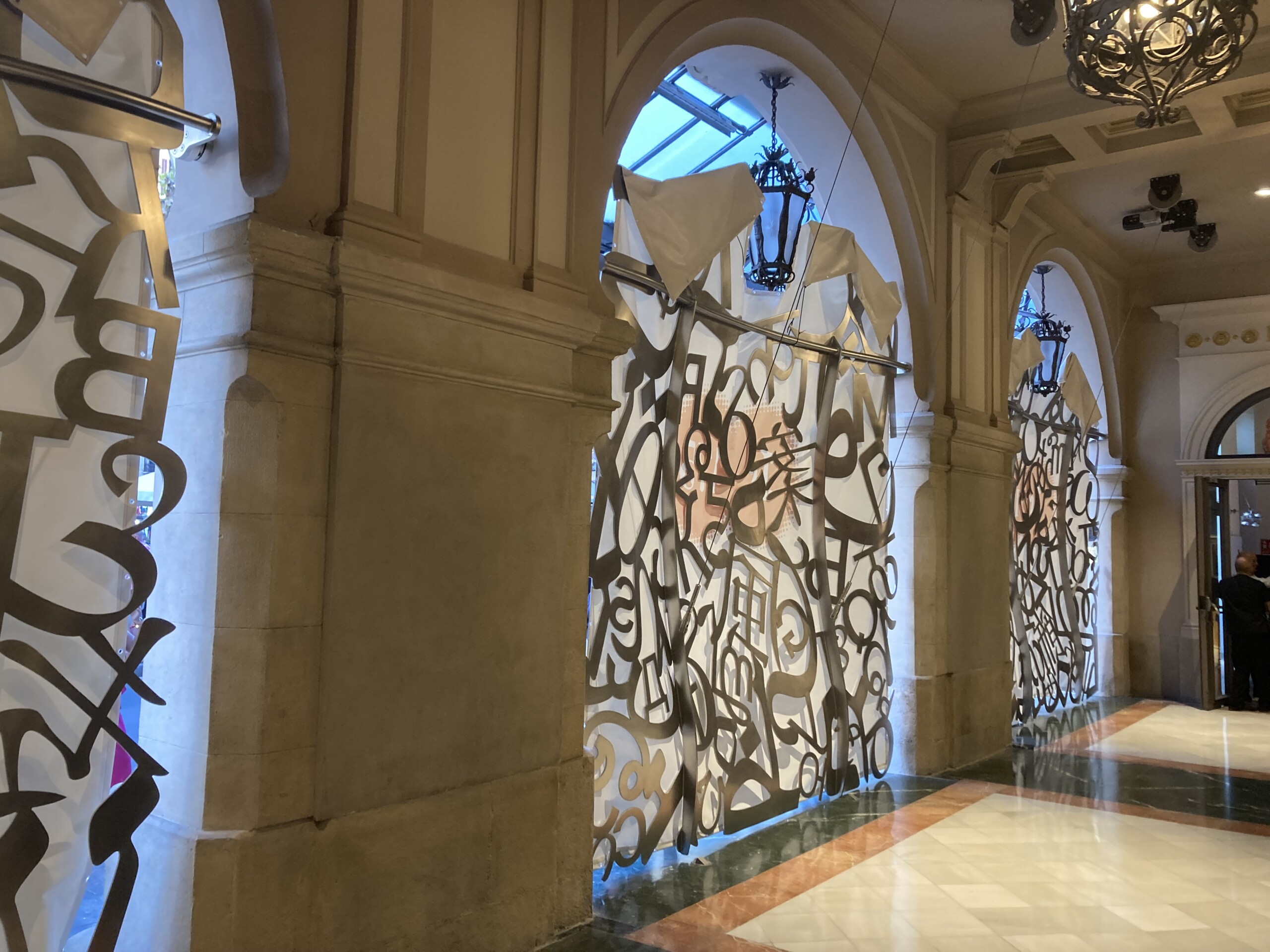
During the presentation of the doors, the Minister of Culture, Natàlia Garriga, also expressed the importance of this work for the city: “I want to thank all the members of the Board of Trustees who accepted it so quickly, that they see so lucidly that this proposal would be key for the Liceu, but also for the Ramblas, Barcelona and Catalonia.” And she has added that “having art available to everyone makes it possible for citizens to know and value it. I am sure that these doors will awaken the love for art in many pedestrians, and in the spectators who pass through them to enjoy the opera in this important facility.”
For his part, the Deputy Mayor for Culture, Education, Science and Community of the Barcelona City Council, Jordi Martí, has emphasized above all the commitment of the Liceu to “link to contemporary artists of the city and to do it in a total and determined way, not just with a small gesture. Today we are opening three doors, but we will also be able to see Macbeth with the stage direction of Jaume Plensa.” Martí has insisted that the doors “improve the artistic environment of the Ramblas” and wanted to thank the artist for his “humble and restrained gesture because Constelaciones are integrated into the landscape and do not become an isolated work of art.”
After the institutional parliaments, the act has continued with the first official opening of the doors while the Coro del Gran Teatre del Liceu performed the Wagnerian piece Freudig begrüß en wir die edle Halle (Tannhäuser, act II) on the Rambla, directed by the director of the Choir, Pablo Assante, and accompanied on piano by David-Huy Nguyen-Phung. A piece from the second act of the Tannhäuser that celebrates the entrance of the guests and that wants to be a symbolic and metaphorical gesture of doors that invite the public to enter and enjoy the universal language that is music.
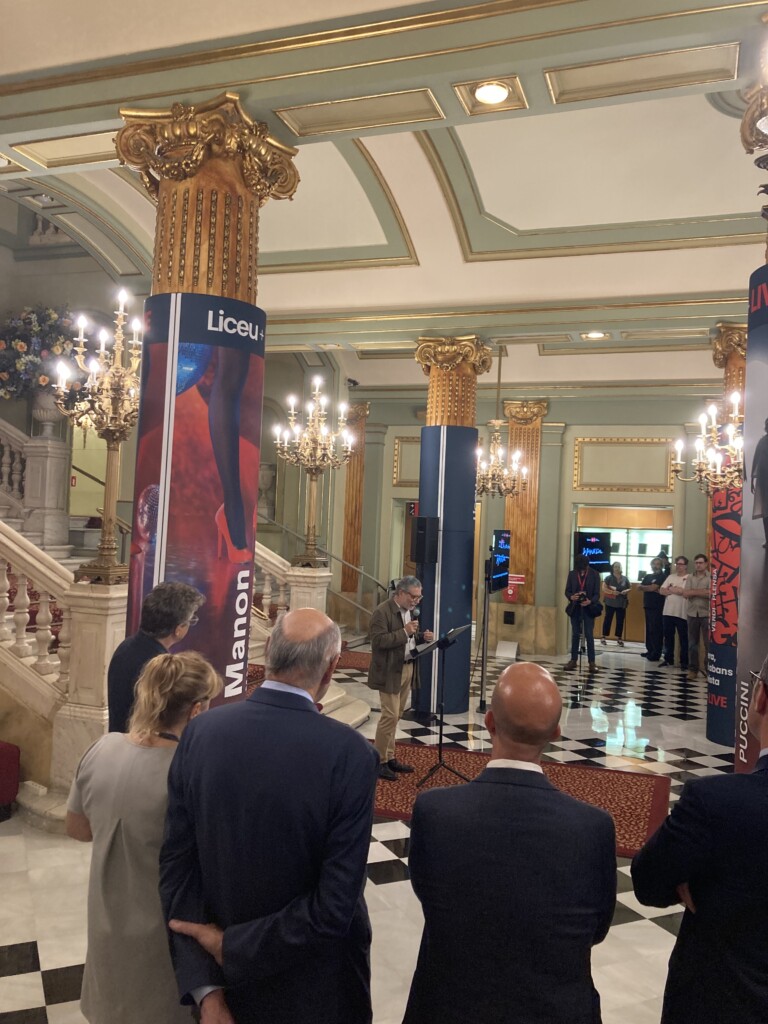
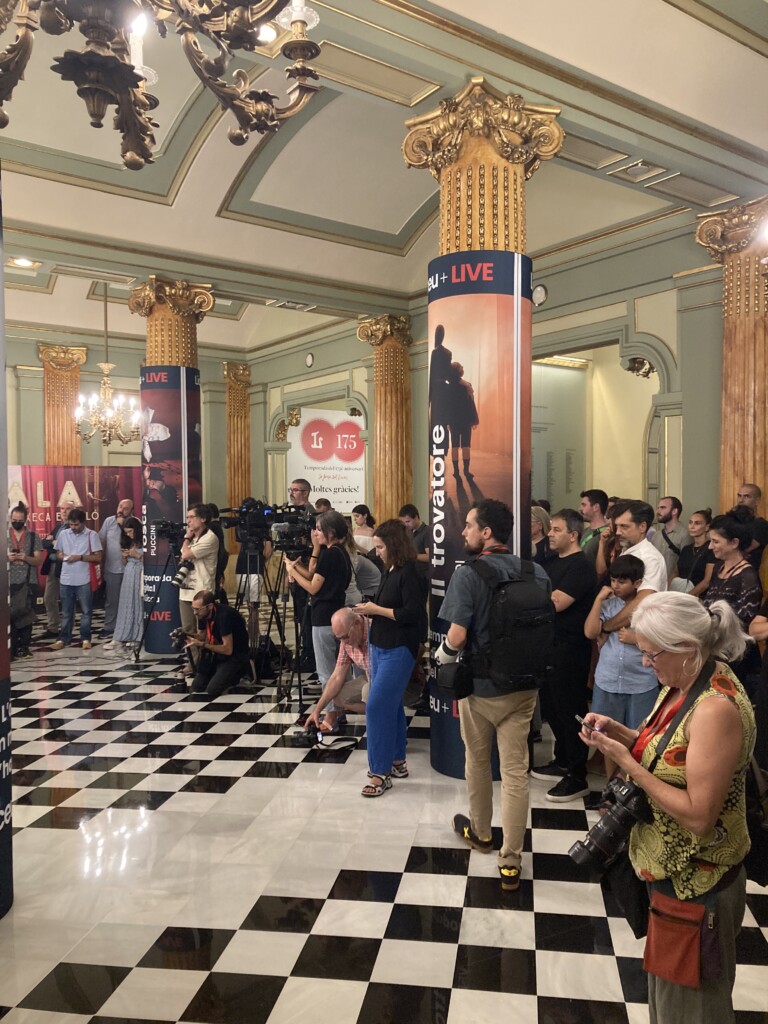
“The alphabet represents a harmony that celebrates the great diversity of the world,” said Plensa. The president of the fundación del Liceo, Salvador Alemany, has stated that the sculptor’s work is “a gift that gives prestige to the Rambla and the Liceo”.
No es la primera vez que el escultor dispone de una obra cerca de un núcleo cultural de la ciudad condal. Carmela, un rostro de cuatro metros, mitad niña y mitad adolescente, preside la fachada del Palau de la Música. El artista, Premio Nacional de Artes Plásticas 2012, ha proyectado sus conocidos rostros en otras capitales como Madrid, (Julia) o New York (El alma del agua).
Plensa will maintain his relationship with the Liceo in the new season as the person in charge of the scenery of the Macbeth of Verdi, que se estrenará el próximo febrero.
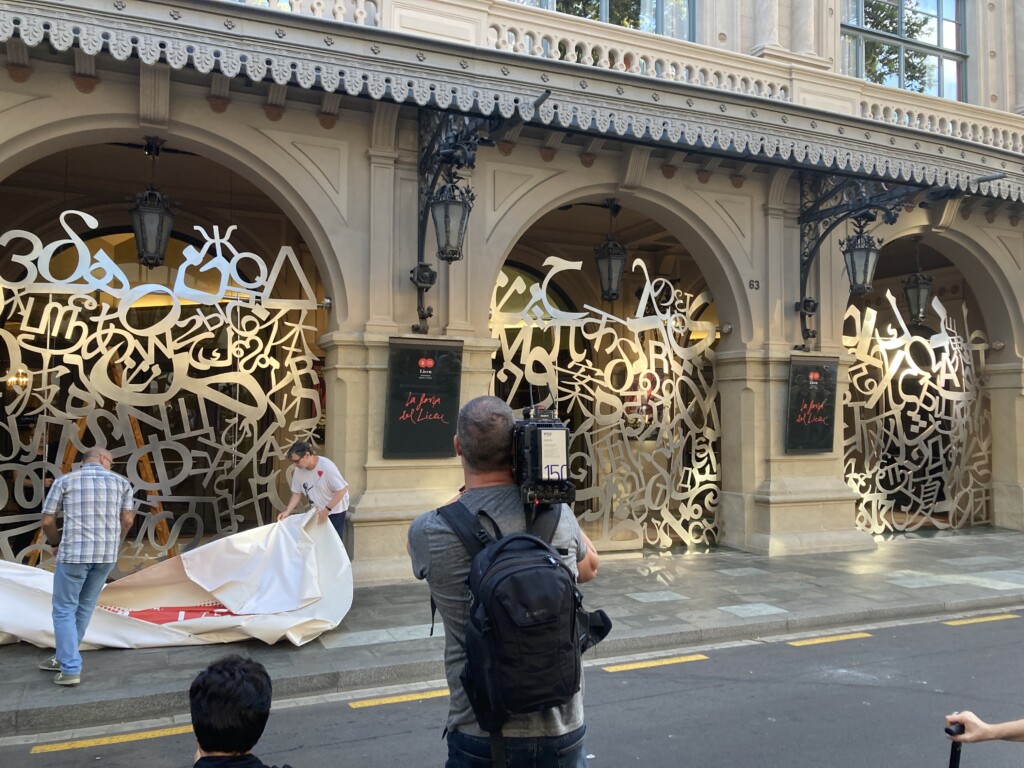
Technical and operating elements
As for the technical details, these doors weigh around 500 kilograms each and migrate on a single axis that is embedded at the start of the arch just above the capital; of the pilasters. The convexity of the doors does not exceed the outer plane of the pilasters and means that the minimum passage below the open sheepfold is about 3 m high. One of the characteristics of the structure is that the doors do not open laterally, but have an opening movement from bottom to top. In this way, in addition to physical sculpture, we also seek a set of dialogues with spaces, reflections and optical visions of light and shadow. Thus, all those who walk the ground of the Rambla will be able to walk on this carpet of shadows of the installation itself. The work is integrated without affecting any other past element incorporated prior to the facade of Oriol Mestres from 1874 and recovered in 2019.
Bibliography:
https://www.liceubarcelona.cat/es/el-liceu-inaugura-la-obra-constelaciones-de-plensa
https://www.lavanguardia.com/cultura/20220906/8504964/plensa-enriquece-fachada-gran-teatre.html
https://www.lavanguardia.com/cultura/20220905/8504963/abren-cierran-levitan.html

























































































